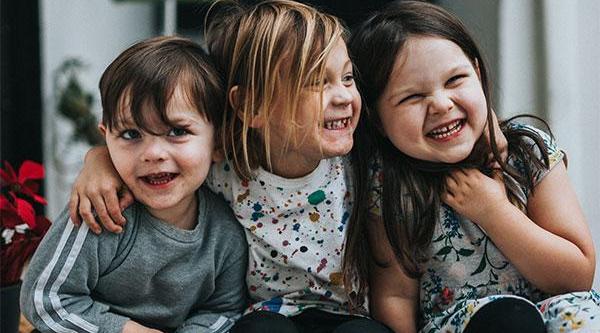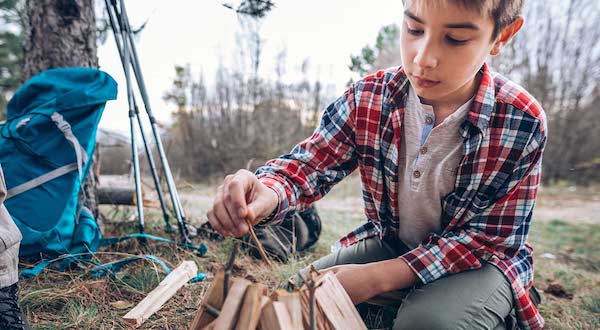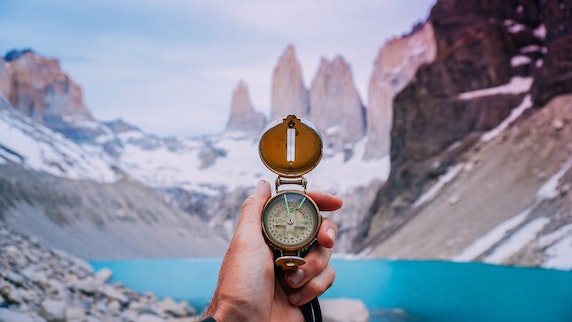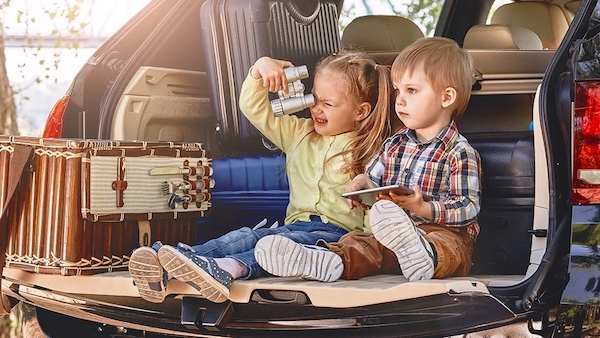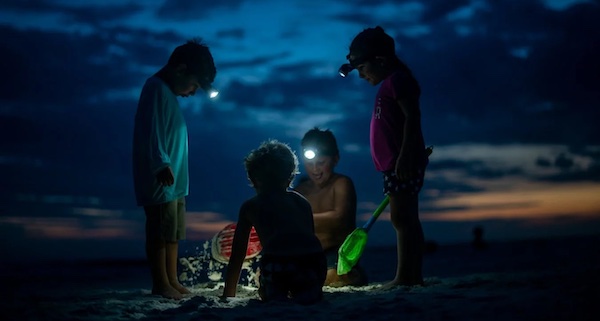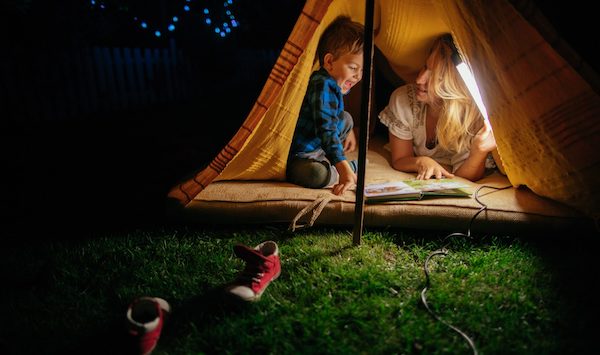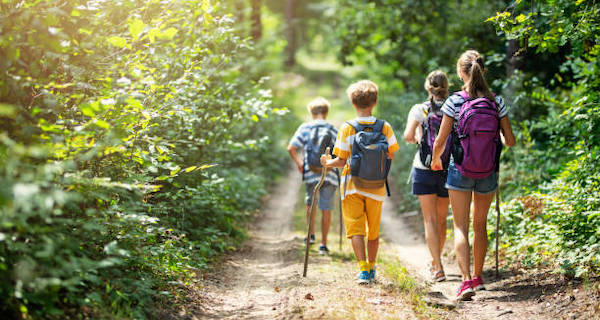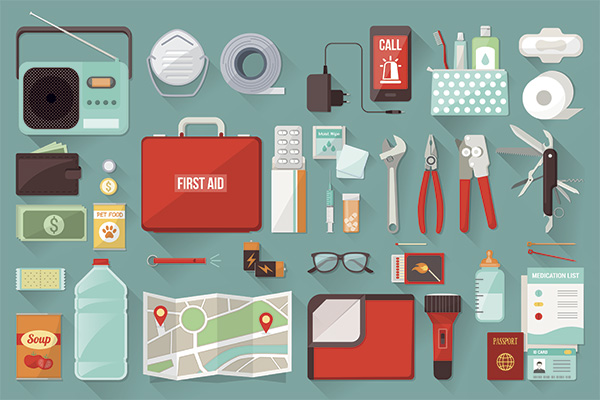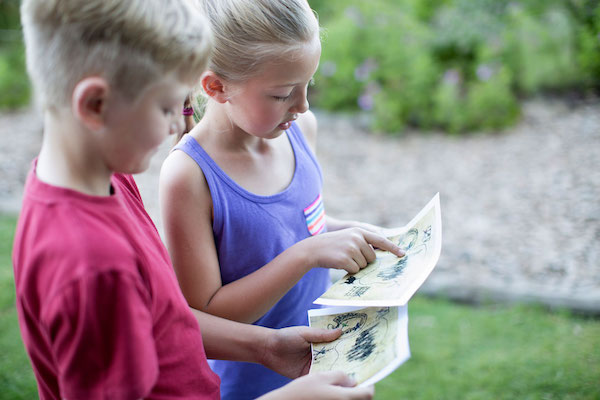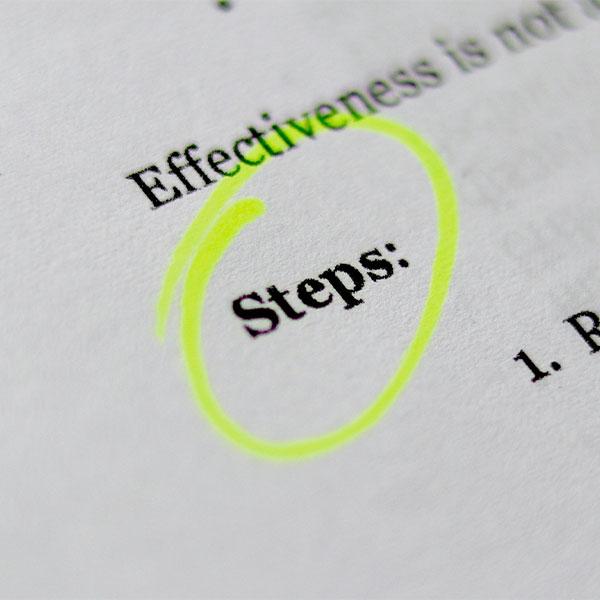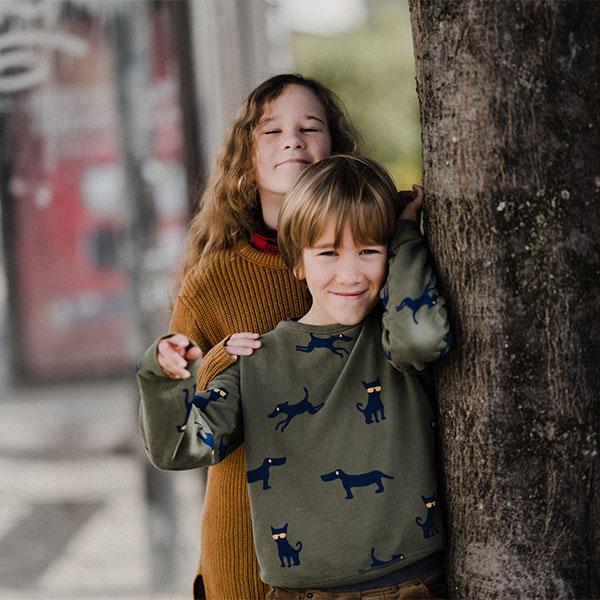Teaching your kids the importance of emergency preparedness can sometimes be a little daunting. While it is an important skill set to have, grasping the attention and interest of a young child can be difficult. That’s why it is important to do fun activities to prepare your child for an emergency. To help, we will be covering 10 stress-free ideas:
10. Get Ready Kids Fun Pack
The American Public Health Association (APHA) created a free, fun printable packet to help kids learn how to prepare. The packet includes a crossword puzzle, memory game, word scramble, emergency contact sheet, connect the dots and brain teasers. It’s a great way to familiarize your young ones with common emergency preparedness terms and about how important it is to prepare.
9. Make a Fire
Before starting the fire at your next camping trip, get your kids involved by having them stack up pieces of wood. Teach them how to different building techniques; tepee, log cabin, or erect pyramid to name a few. Also, educate them on what other materials they will need to start a fire and the responsibility and safety that comes with starting an open fire.
8. Make a Homemade Compass
In this fun DIY compass tutorial, teach your kids the importance of navigation. Invented by the Chinese in the thirteenth century, the compass has helped humans navigate the world successfully. How does a compass work? The magnetic needle in the compass will always point to the north pole of the Earth’s magnetic field.
7. Mini Afternoon Road Trip
As simple as this sounds, challenge your kids to pack their 72-hour backpack with what they think they’ll need to live for 3 days. The night before, have them write a list and packit. Right before the road trip, tell them everything needs to be in the car within 15 minutes. If they make it into the car before, give them some sort of treat or reward. While on your mini road trip, go over why they picked certain items and show them how to use lights, radios, and other important equipment.
6. Lights Out! Game
For one evening, turn off all the lights in the home and just use other sources of light and heating. Let your kids know that they are only allowed to use flashlights. For dinner, use an alternative heating source, like a Volcano Stove, to cook your dinner. If you need to rotate food storage, show them how easy it is to heat up an MRE, cook a freeze dried meal or grill meats and prepare food that requires minimal effort. This is a great time to play night games outside or read an easy emergency preparedness book.
5. Backyard Campout
If your schedule doesn’t allow you to go on a weekend camping trip, take it to your backyard or the middle of the family room! Like the “Lights Out!” game, turn off the lights in your home and use items that are only in your food storage or 72-hour kit. If you’re outside, practice setting up a tent and preparing your own little camping space.
4. Go for a Big Walk
Depending on where you live, map out a route that will educate your children with where to go during an emergency. Show them how to read signs, the rules of the road and how important it is to be careful of their surrounds. Draw out a map that shows where home is in relation to school, a friend’s home or a meetup location. Make sure to practice this often.
3. What’s in the Bag?
Spread out 20 – 30 different items (emergency preparedness and non-related) on the table or floor and ask them what items should go in their backpack and why. This will be a great activity that’ll give you a chance to educate them why it is important to include food, water, and emergency preparedness supplies in their bag.
2. Scavenger Hunt
This activity can take place at home, a park or while camping. Set up a scavenger hunt that encourages them to identify edible plant life, trees, birds and other important survival things. This could also be a great opportunity for them to find items that they will need add to their 72-hour kit. Also, consider having them look for firewood and other things they would need to successfully start one.








